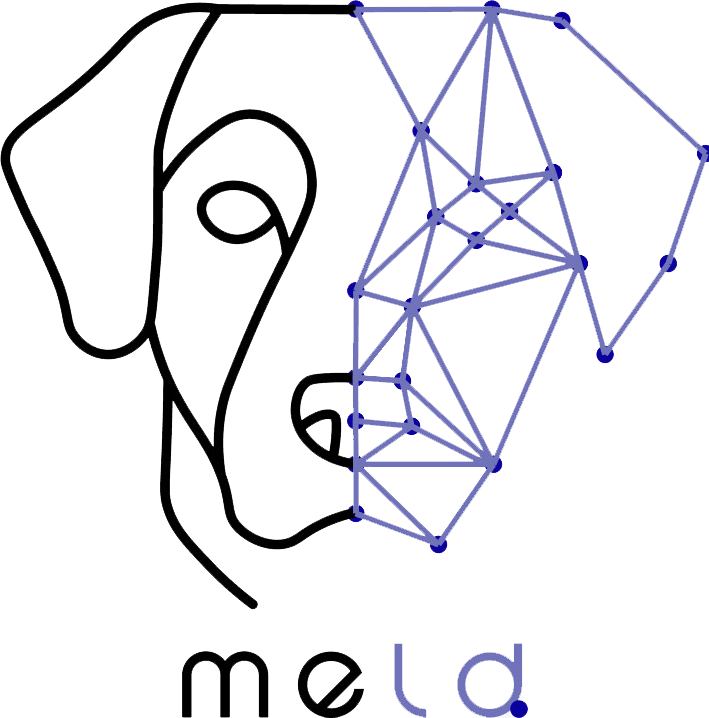This paper explores how artificial intelligence (AI) can revolutionize the analysis of dog behavior, moving beyond laborious and subjective human observation. While automation in canine science is beginning to address the increasing volume and complexity of behavioral data, the review of 16 state-of-the-art studies revealed that current automated approaches often use relatively basic techniques for behavior quantification (like 2D/3D body tracking) and feature extraction (often hand-picked), with many still relying on traditional statistical methods rather than advanced machine learning for answering research questions. An empirical study with 24 animal behavior researchers identified key barriers to wider adoption, including a lack of awareness of existing tools, steep learning curves, communication gaps between data scientists and animal researchers, and funding limitations. Ultimately, the paper suggests that improving AI proficiency through tailored education and fostering multidisciplinary collaboration are crucial steps to unlock the full potential of automation for more objective and quantifiable assessments of dog behavior and welfare.
Non-Invasive Computer Vision-Based Fruit Fly Larvae Differentiation: Ceratitis capitata and Bactrocera zonata
This paper proposes a novel, non-invasive method using computer vision

